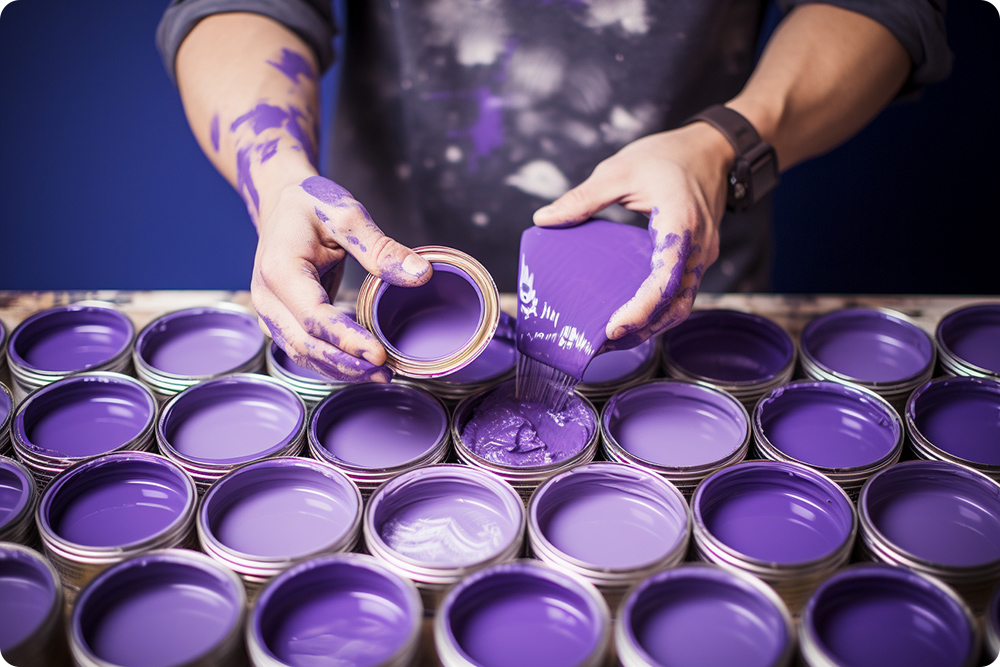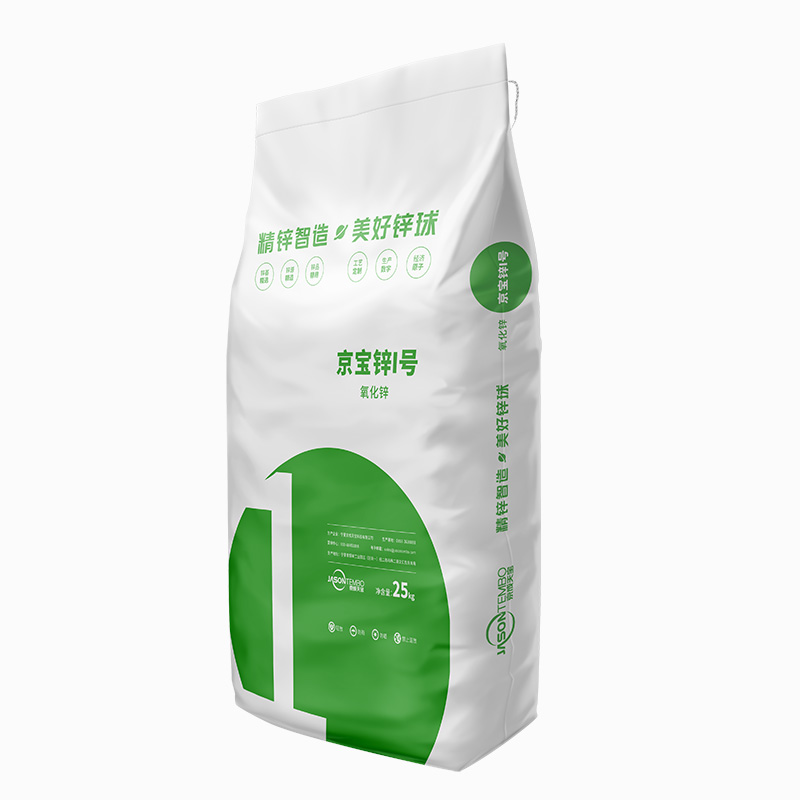

Zinc oxide, due to its lower coloring power than titanium dioxide, can be used in larger quantities instead of titanium dioxide when a small amount of titanium dioxide is needed for color matching. This makes pigment weighing convenient, fine tuning easy and accurate, and reduces color sensitivity.
A small amount used in resins containing carboxyl groups can improve coating performance. Zinc oxide is alkaline and can react with carboxyl groups in the resin to form zinc soap, which improves the flexibility and hardness of the coating film, and the coating film is cleaner than titanium dioxide as a pigment.
Promote the reaction between epoxy and carboxyl groups. Accelerate the reaction between epoxy and carboxyl groups in epoxy/polyester, polyester/TGIC and other powder coatings, catalyze the curing reaction, and shorten the curing time.
As a conductive functional filler. In certain industrial applications, anti-static or conductive powder coatings are required. Zinc oxide, as a metal oxide, has a certain degree of conductivity and is widely used as a conductive filler in this type of coating.
Zinc oxide has strong bactericidal ability and is widely used in water-based coatings for sterilization. It also has an anti mold effect when used in powder coatings.



